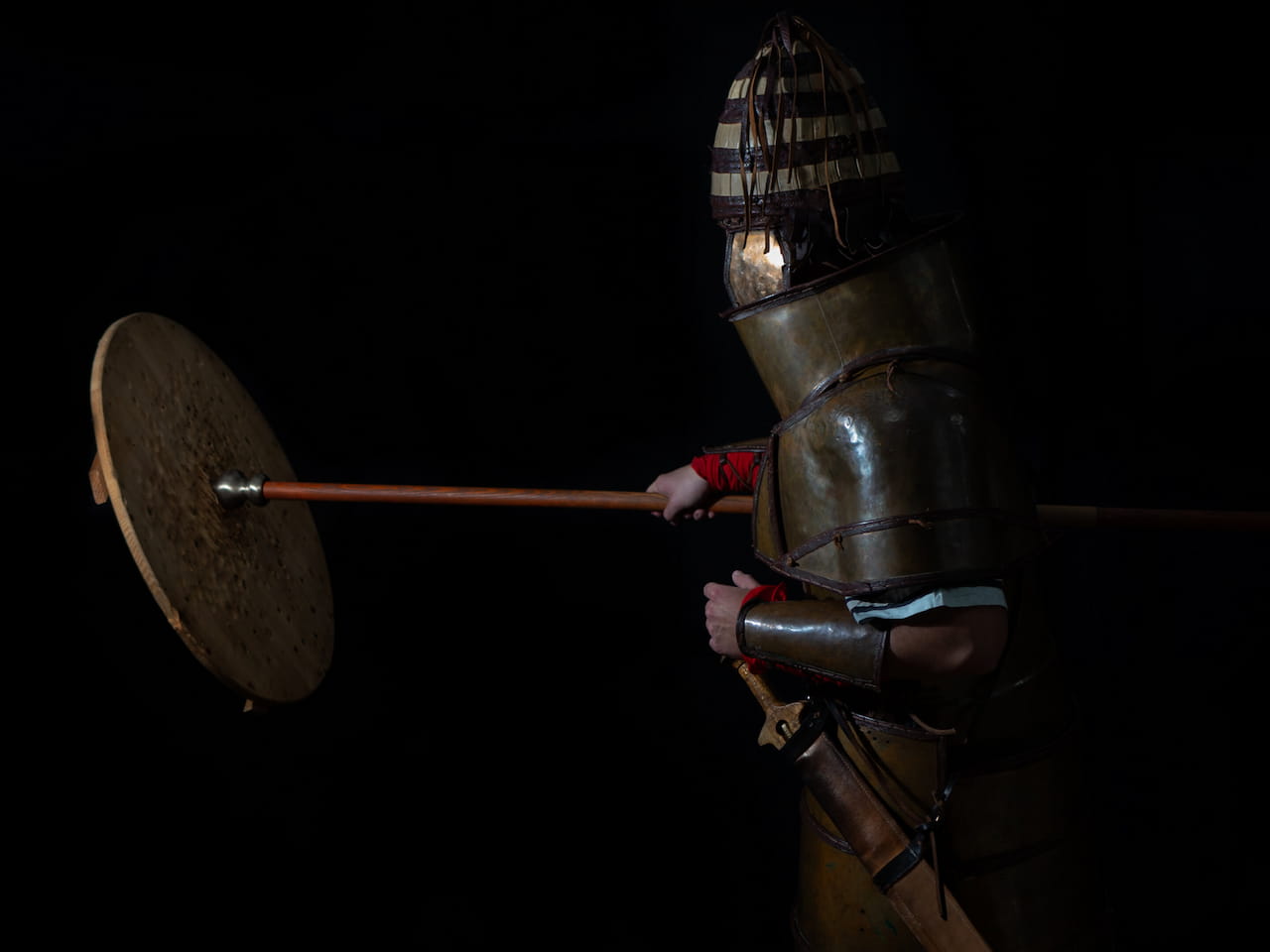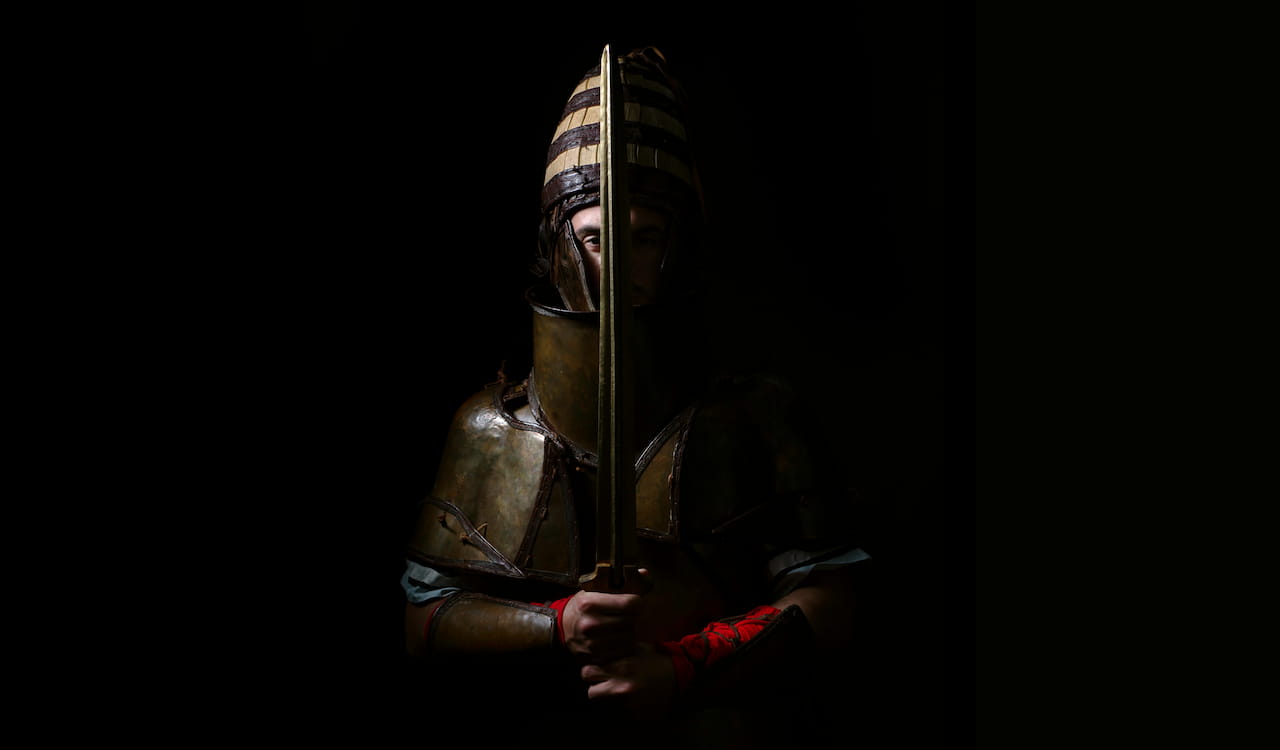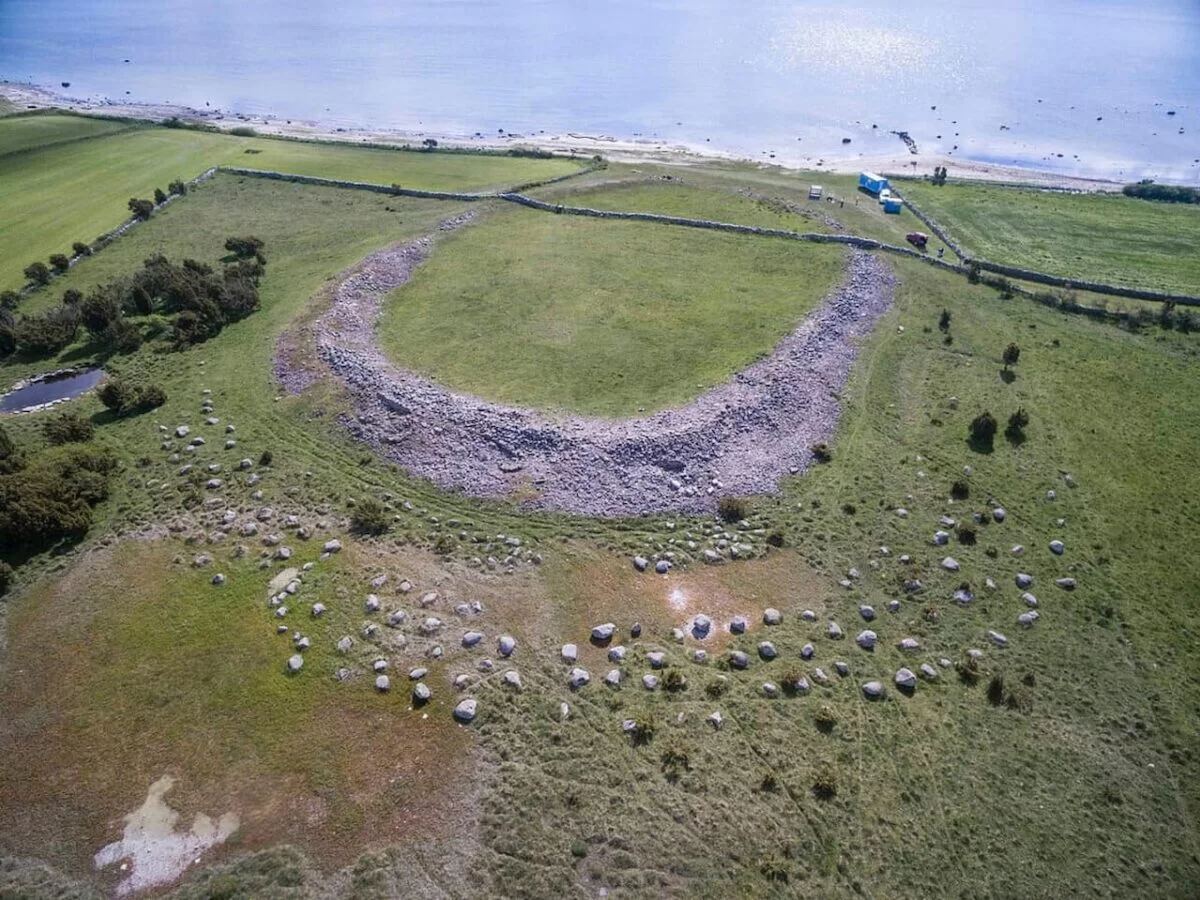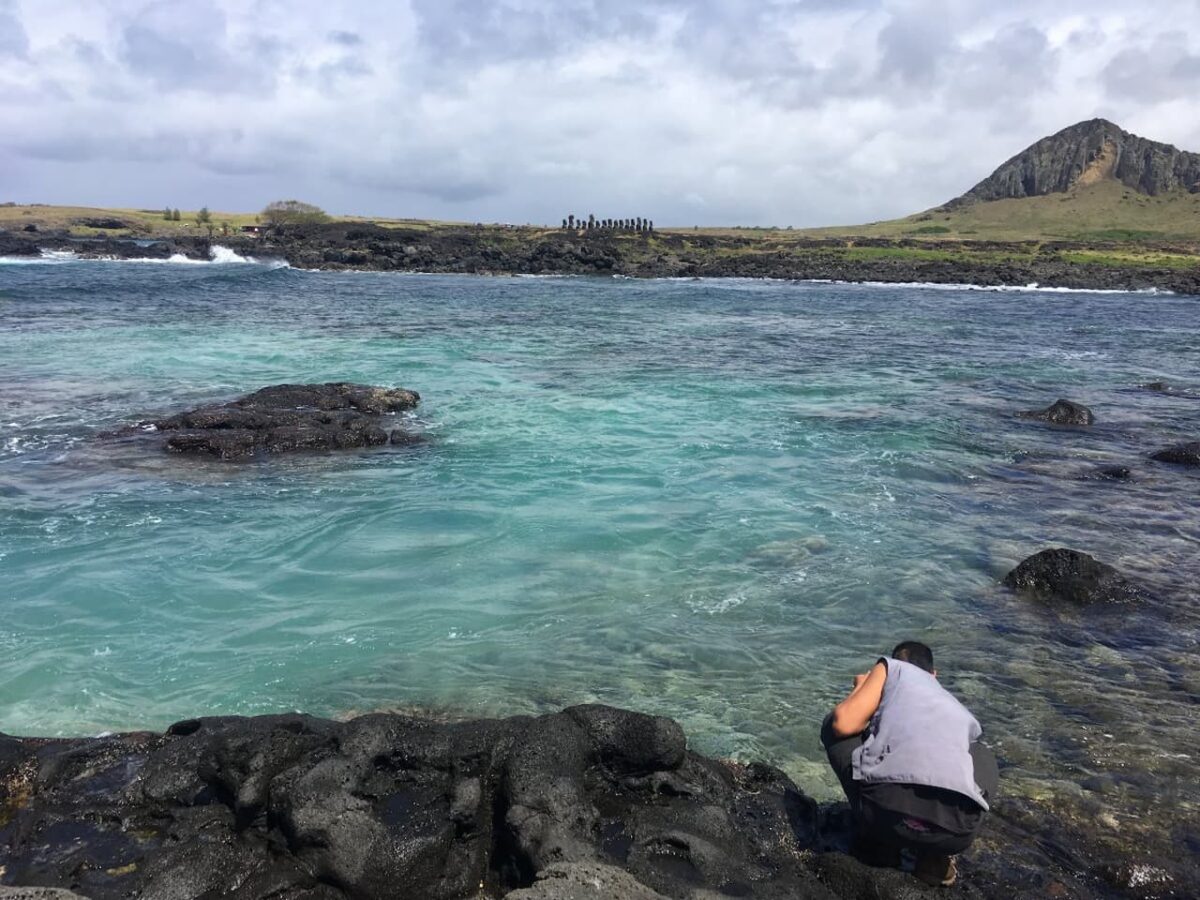A recent study has revealed that a 3,500-year-old Mycenaean armor, previously believed to be purely ceremonial, was actually suitable for use in combat. This discovery has significant implications for our understanding of ancient warfare and its role in societal transformations during the prehistoric era.
Researchers conducted experiments with Greek military volunteers who wore a replica of the Dendra panoply, a full-body bronze armor discovered in a Greek tomb in the 1960s.
These volunteers engaged in prolonged battle simulations to test the armor’s effectiveness. The original Dendra armor is one of the most complete examples of full-body armor from the Mycenaean era.

For years, historians and archaeologists debated whether this armor was used in actual combat or simply for ceremonial purposes. The new study, published in PLOS ONE by an international team of researchers, sheds light on this mystery.
The team recreated the armor using methods and materials similar to those available in the Bronze Age, ensuring the replica’s dimensions and weight closely matched the original.
Led by Professor Andreas Flouris from the University of Thessaly, the research involved Greek special forces members who wore the armor during an 11-hour simulation of Bronze Age combat protocols based on Homer’s Iliad.

Flouris stated, We controlled calorie intake based on a ‘Homeric diet’ (about 4,443 calories) and monitored the volunteers’ heart rate, oxygen consumption, core temperature, fluid loss, and muscle function during the 11-hour combat protocol.
The findings revealed that the armor allowed for full range of movement without imposing excessive physiological stress. Flouris explained, Despite previous beliefs that classified it as ceremonial, the armor could be worn for extended periods by fit individuals in battle. It is both flexible enough to permit nearly all movements of a foot soldier and robust enough to protect the wearer from most blows.
This research enhances our understanding of historical records of armor in Greece and Egypt, such as Linear B tablets from Knossos and Egyptian papyrus illustrations of Mycenaean warriors. The study suggests that Mycenaeans had a significant impact on the Eastern Mediterranean, partly due to their advanced armor technology.

Dr. Ken Wardle of the University of Birmingham, who collaborated on the study, noted that Hittite records describe significant military interactions with the Ahhiyawa (another name for the Mycenaeans) in western Asia Minor during the late second millennium BCE.
Wardle emphasized that only a substantial military force could contend with the Hittite Empire, which dominated much of Anatolia and parts of Syria and Mesopotamia.
This research challenges the notion that descriptions of bronze armor in the Iliad were merely poetic embellishments. Instead, it supports the idea that such armor was indeed used in battle, providing new insights into one of history’s pivotal periods: the collapse of Eastern Mediterranean civilizations at the end of the Bronze Age, which marked the transition to the Iron Age.
Sources
University of Birmingham | Flouris AD, Petmezas SB, Asimoglou PI, Vale JP, Mayor TS, Giakas G, et al. (2024) Analysis of Greek prehistoric combat in full body armour based on physiological principles: A series of studies using thematic analysis, human experiments, and numerical simulations. PLoS ONE 19(5): e0301494. doi.org/10.1371/journal.pone.0301494
Discover more from LBV Magazine English Edition
Subscribe to get the latest posts sent to your email.




















